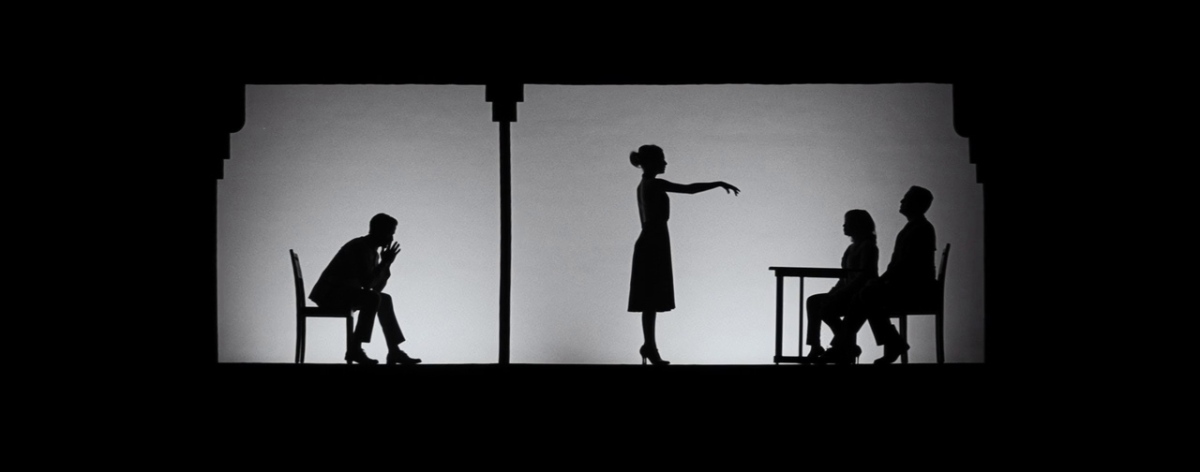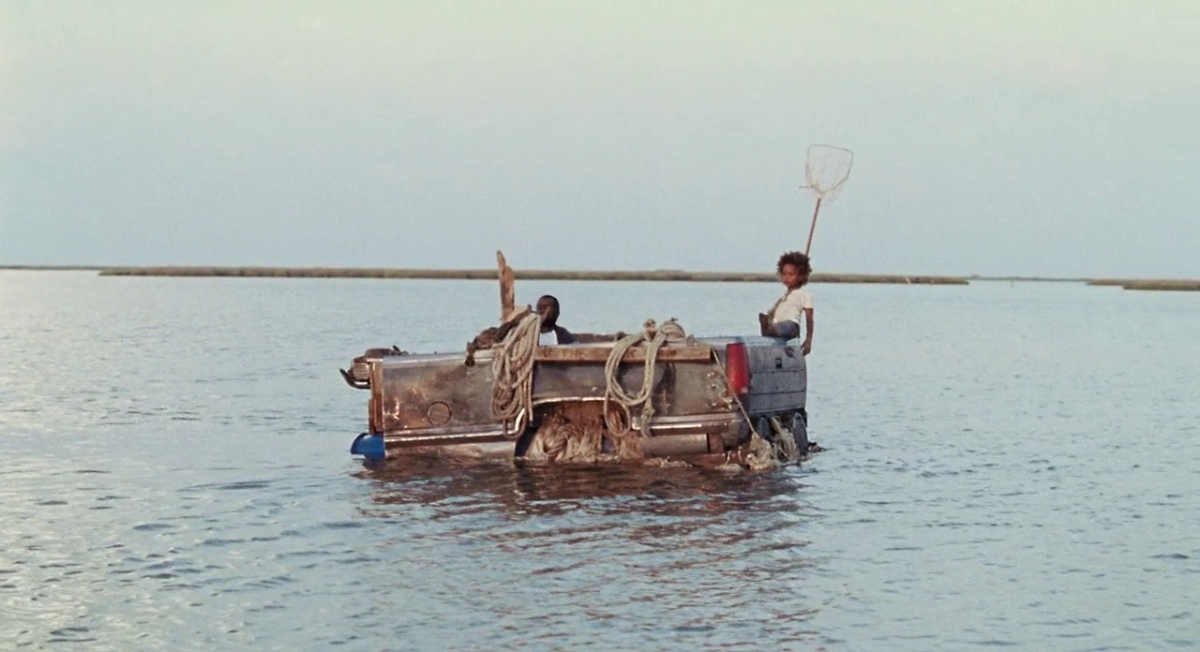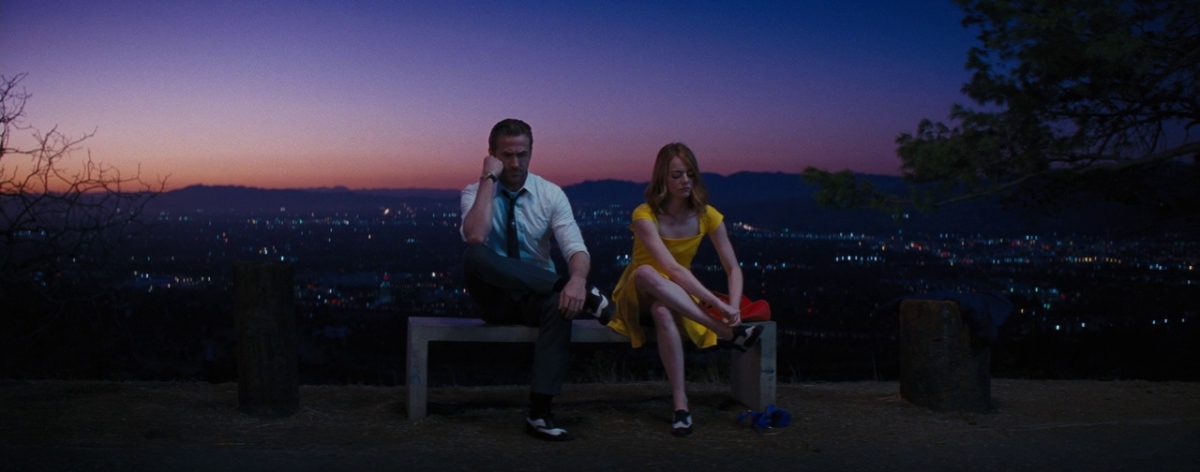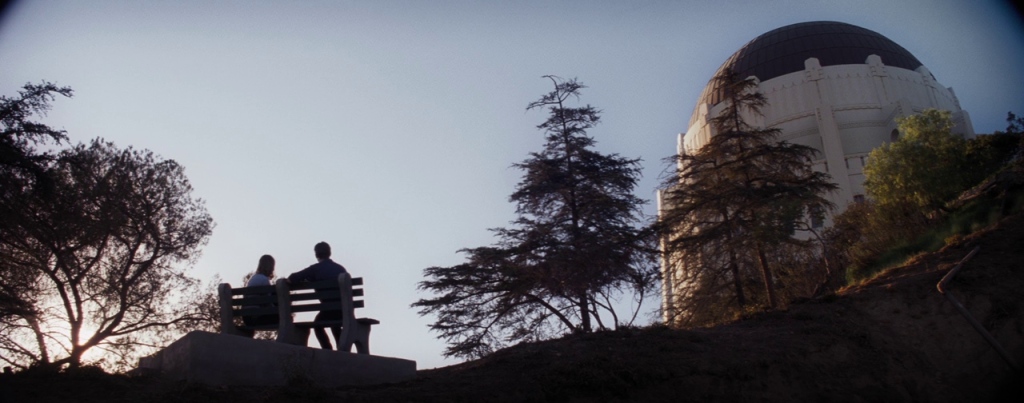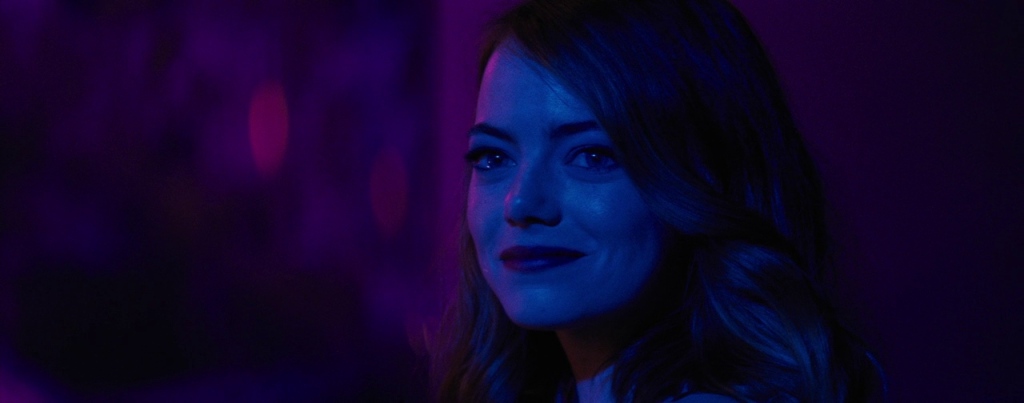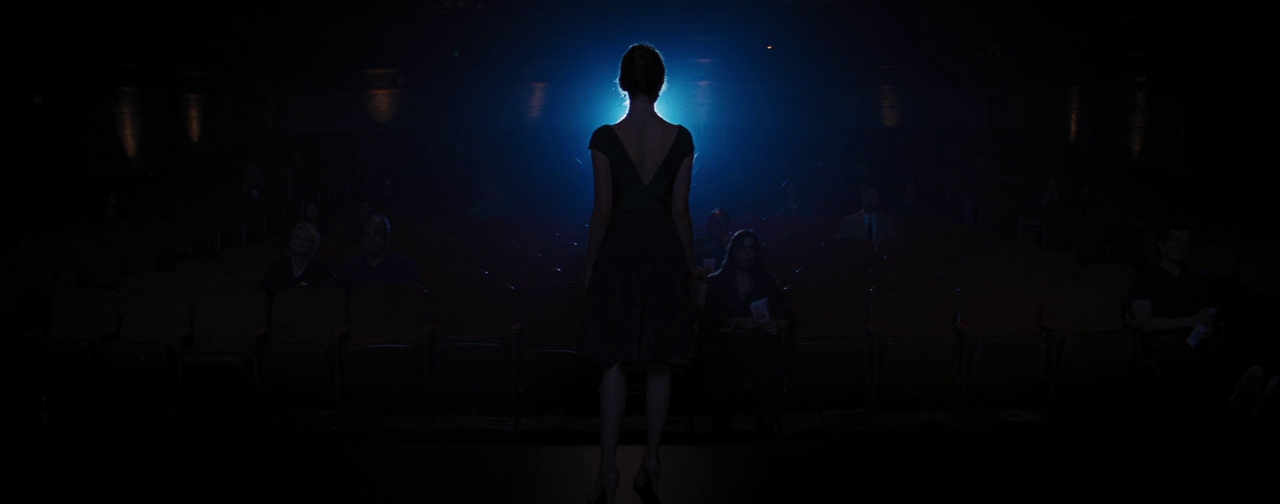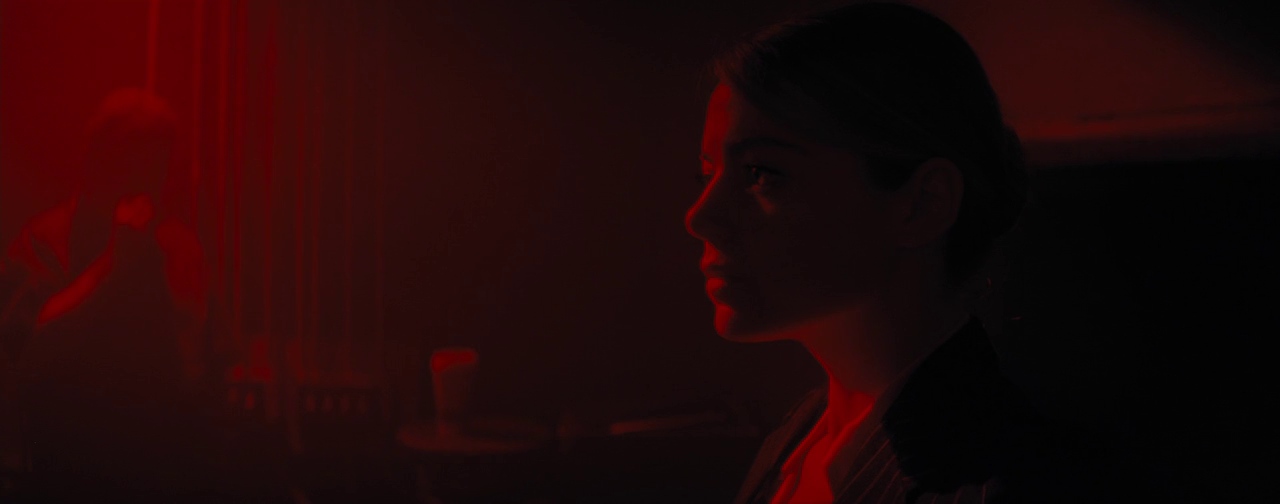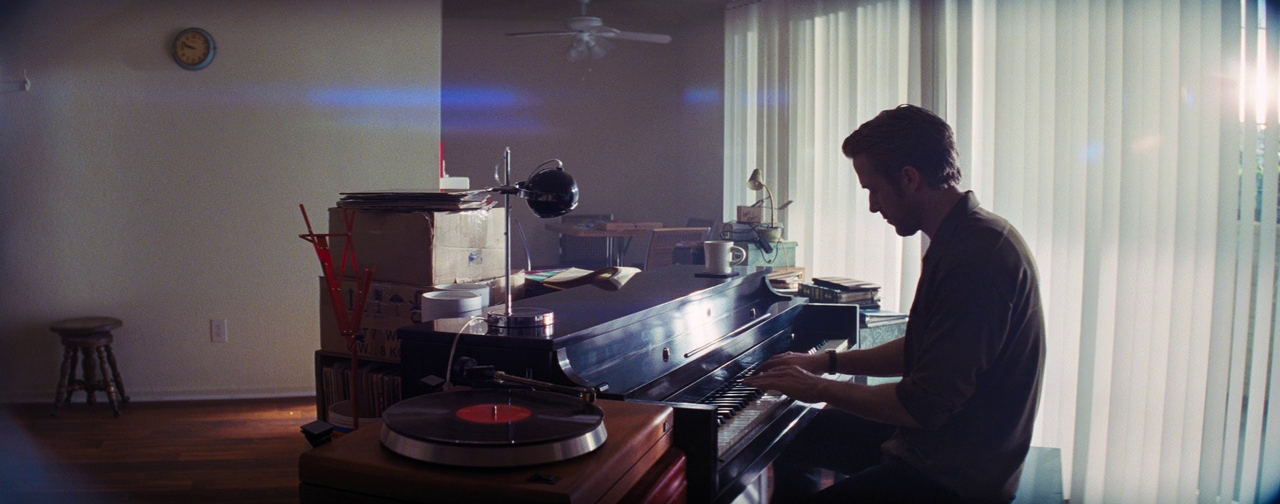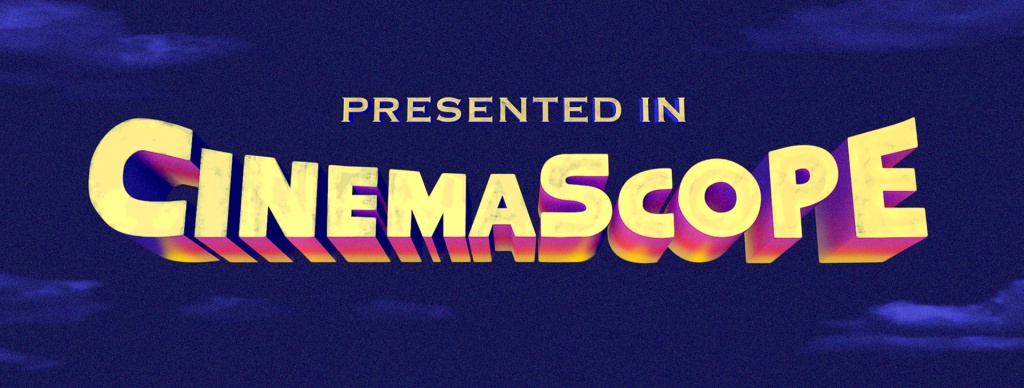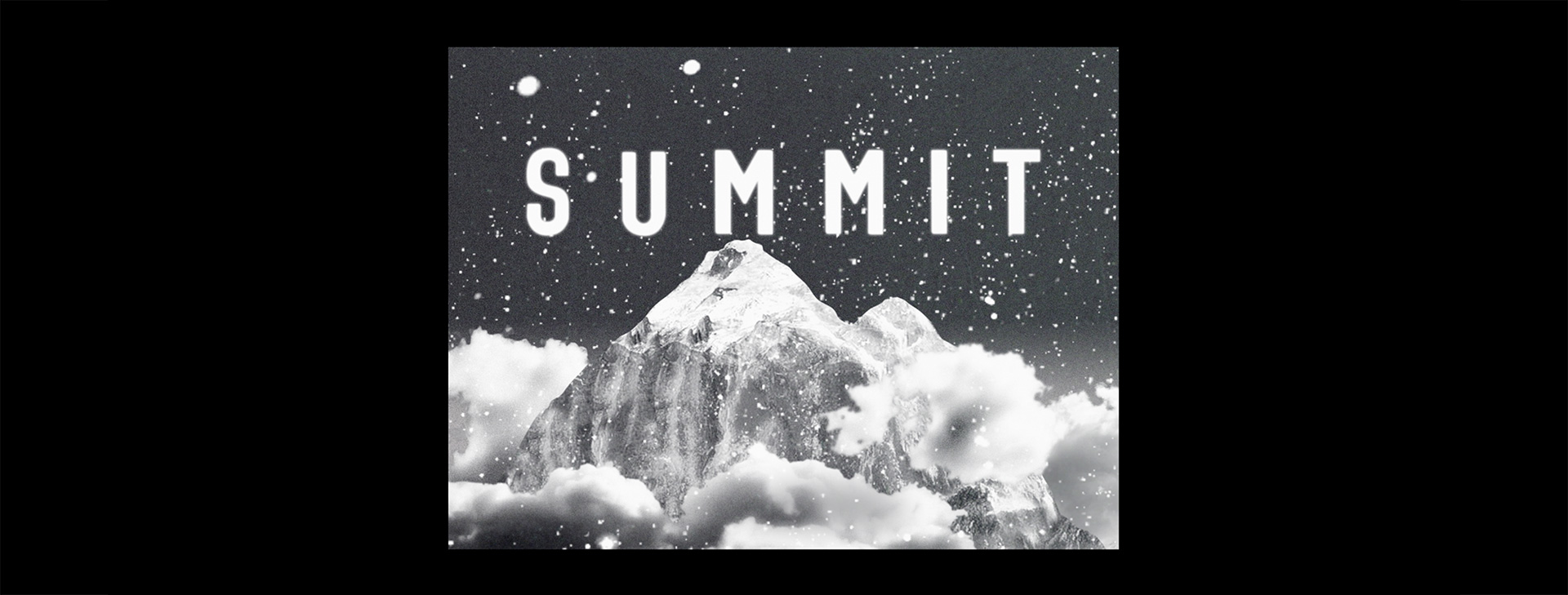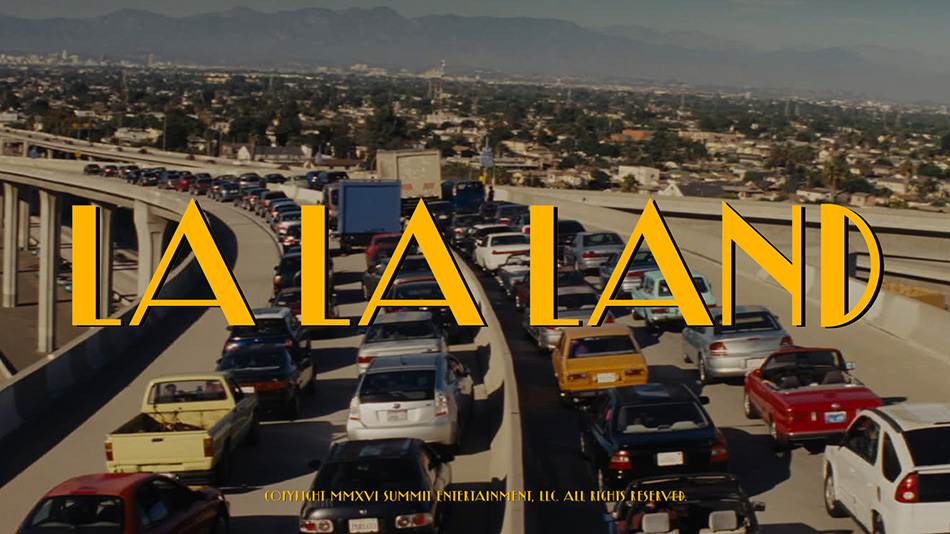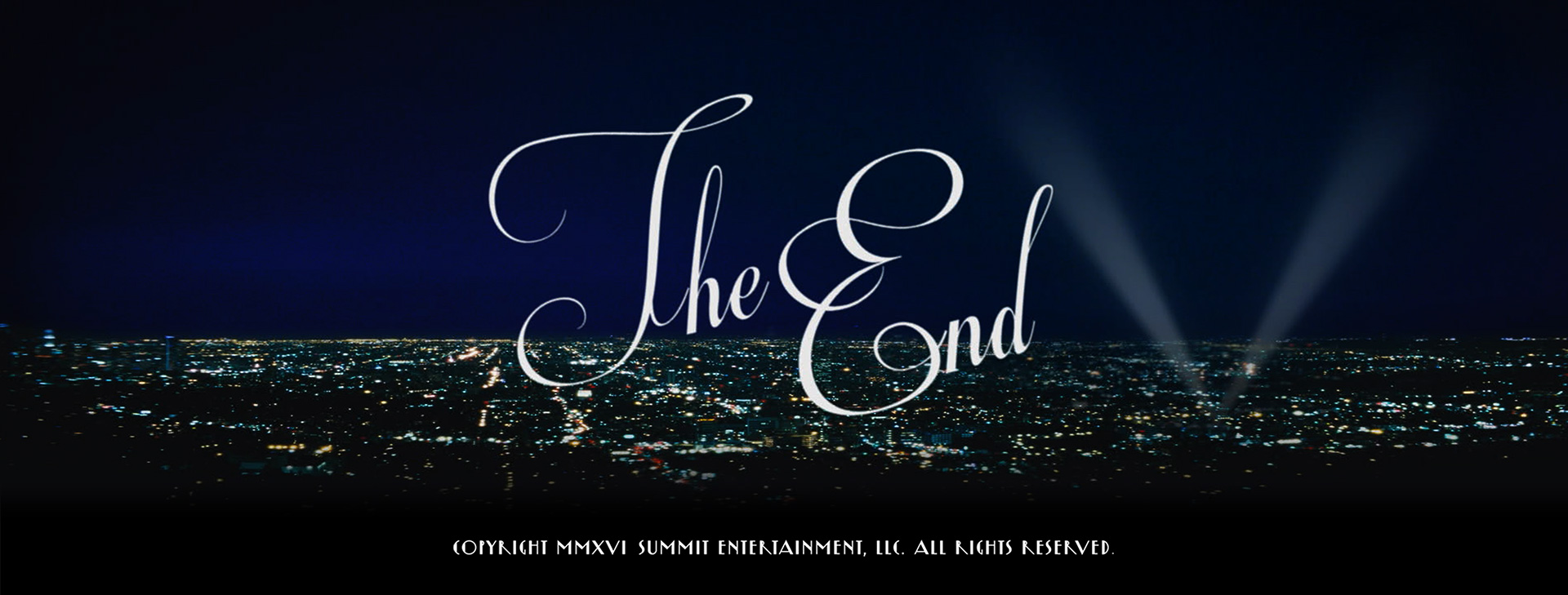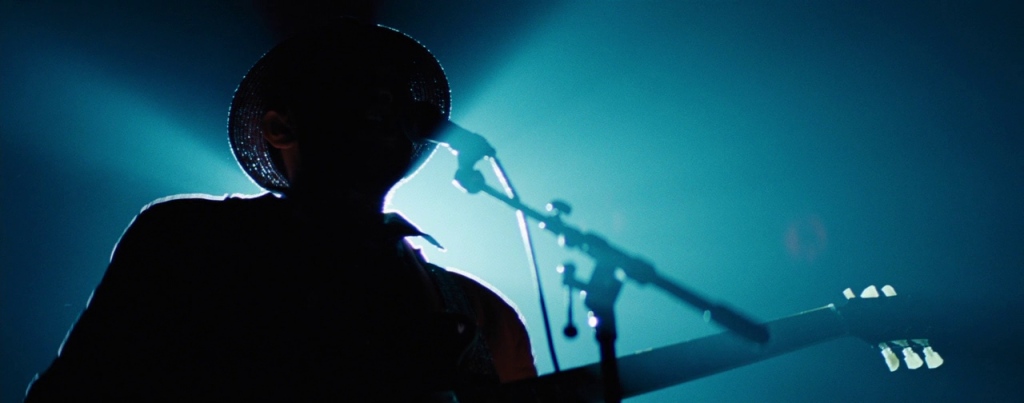At the beginning of the 20th Century, cinema emerged as a new form of narrative entertainment that was used differently throughout the world. In different places, people used the new art form in different ways, as there were no rules or instructions on how to tell stories with this medium yet. This branched out into different forms; most notably German Expressionism and Soviet Montage, both expressive forms of cinema; and realism, the opposite of expressive cinema.
Soviet Montage was the film movement that occurred because of the little amount of film stock available in Russia, causing filmmakers to use editing to create meaning.
In Keaton’s ‘One Week’, both realist and expressive features are used. In the opening sequence, Keaton’s character interacts with a policeman. This shows the urbanisation of areas, and the increasing concentration of policemen. Later on, Keaton’s character is given a plot of land. This was a scheme introduced by the government, to encourage people to travel west. This is also an ideal example of the American dream. He is also given a ‘flat pack’ house, which is something that also happened at the time of the making of this film. This shows the population of lesser inhabited areas in America.
One Week also uses expressive features, usually enhancing realist features for comedic effect. As Keaton’s character is building the house, parallel editing is used to show the wife cooking while Keaton building; which is expressive as it is not cinema verite; a theory put forward by film critic Andre Bazin, who treats cinema as a medium of duplicating reality, he sides much more with realist cinema than expressionist cinema. He treats it less of an artistic expression and more of a documentation of reality.
The wall of house spins around for comedic effect; which is expressive as house walls don’t spin around accidentally. The deformed house is similar to the mise-en-scène of German Expressionist films; being a film movement that was started by The Cabinet Of Dr. Caligari, who’s innovation was to use mise-en-scène expressionistically, rather than realistically. The exaggerated spiked edges are what mostly make it so.
Keaton’s The Scarecrow also uses expressive and realist features; although, a lot more expressive features than realist. Near the opening of the film, when speaking about the woman who is their love interest, they mention how she votes. This is a realist feature as contemporary ideas towards women and political perspective informed marriage and relationships at the time.
All of the furniture and objects in the house have multipurpose. This is exaggerated for comedic effect, but also shows how they have adapted to how little space they have. This is an expressive feature as every transformation of furniture is unrealistic, and purely there for a laugh. Such as the sofa turning into a bath, and the record player turning into an oven. The objects suspended above their table are used for the same purpose, to save space for them, and for comedic effect on the viewer.
In Keaton’s The High Sign, again both realist and expressive features are used. The gang that Keaton’s character joins is a realist feature of the film; as during the early 20th Century, the time that this film was made, gangs and cults were a big issue in America. Keaton’s character is ordered to assassinate a man because of his political stance, which was another big problem of the era; early 20th Century America.
While unfolding the newspaper, it quadruples in size. This is for comedic effect on the viewer, as no newspaper is realistically this big. It takes a realist element, the abundance of jobs due to the economic boom, and then morphs it into an expressive feature by making it unfold a number of times for comedic effect.
There are also both realist and expressive features also used in Keaton’s Cops. The opening of the film shows the protagonist’s love interest says she won’t marry him until he becomes a “big business man”. This is a realist feature, as it shows marriage as more of an economic proposition than a unity of love, like it was mostly viewed as at the time.
The main expressive feature is that in the opening shot of the film, Keaton is shown through metal bars; giving the impression to the audience that he is in prison, when in reality he is not. Instead he is standing behind the gates to his love interest’s house. This manipulates the viewer’s thoughts, as they think he is in jail, when he is actually not. Also, the gates separating him and his love interest symbolises his entrapment in his class, and the separation between these two classes, making it even more of an expressive feature.
In conclusion, during the era of silent cinema the ‘rules’ and ‘conventionality’ of cinema was created. It was a new art form, that was being used differently in different countries and different approaches could be taken when creating a film.

